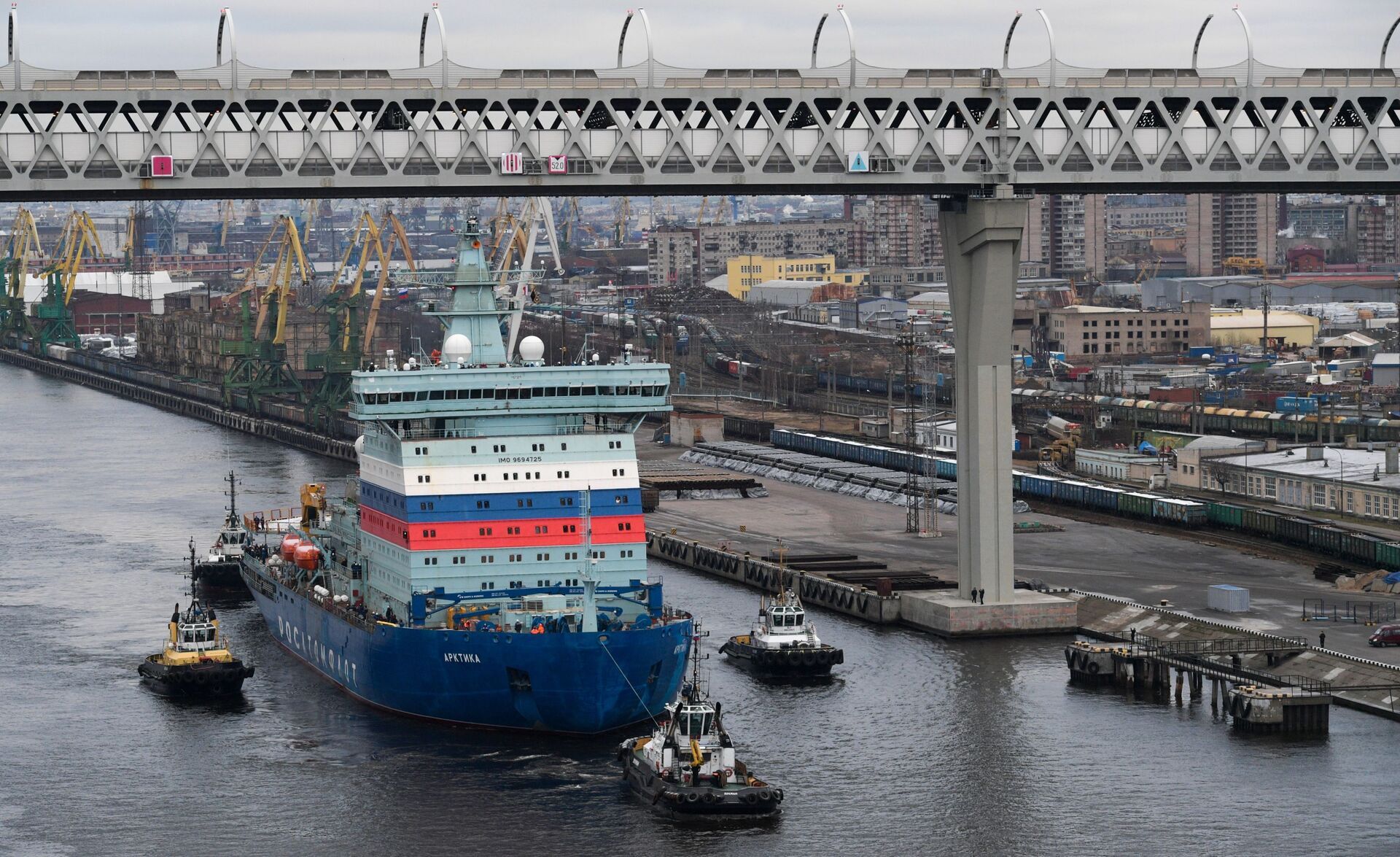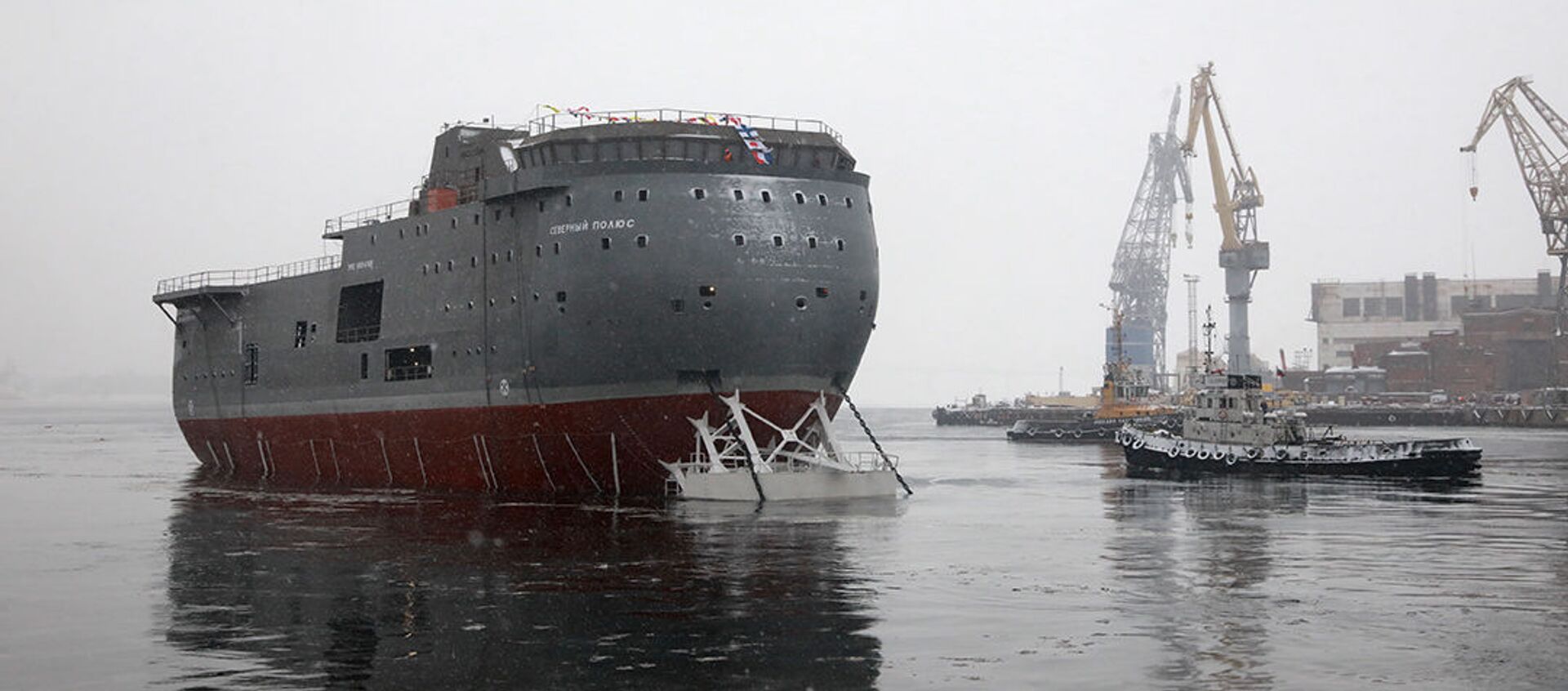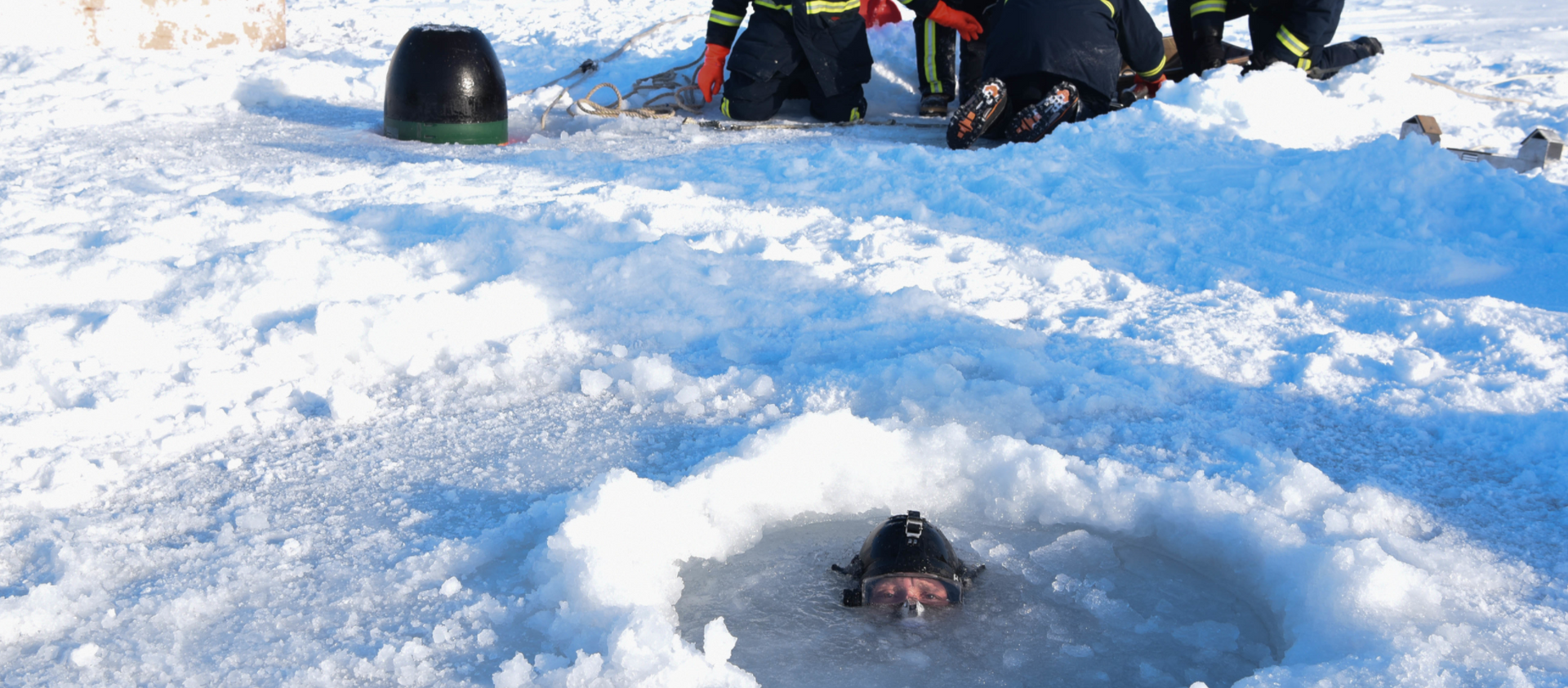Moscow is building “the most powerful fleet of icebreakers in the world,” and will continue its research activities in the Arctic no matter what other international problems Russia and the planet face, Russian President Vladimir Putin has said.
“Notwithstanding all the difficulties which we are experiencing today in the international arena, research in the Arctic, and our attention toward the Arctic remains unchanged,” Putin said, speaking at a meeting of the presidium of the Russian Geographical Society on Wednesday.
Putin noted that the issue of climate change is especially pertinent in the Arctic – where Russia has entire cities and settlements, and where the impact of shifting temperatures are the most clearly visible. “If the permafrost continues to melt, we need to understand what we can do about this. Many believe Arctic research is of great importance for both Russia and the whole world. Therefore, of course, we will continue to engage in it.”
Praising the construction of Russia’s powerful icebreaker fleet, Putin said some of these ships, “including giants like the Leader,” are unlike anything being built by any other country.
What’s Putin Talking About?
Russia began construction of the first of three planned Leader-class nuclear-powered icebreakers at the Zvezda Shipyard in Russia’s Far East last July. The first vessel, named the Rossiya ("Russia") is expected to be commissioned in 2027. The 209-metre-long, 47.7-metre maximum beam icebreakers will be equipped with 120 MW generating capacity, have a maximum speed of up to 22 knots, and a displacement of about 70,000 tonnes, enabling them to plow through ice up to 4 metres thick (i.e. more than double the mean thickness of Arctic ice). The ships’ nuclear-powered hearts feature a pair of RITM-400 reactors, a steam turbine unit with four turbogenerators pumping out 37 MW each, and an electric propulsion system with four 30 MW propeller motors.
Once commissioned, Leader-class icebreakers will succeed Project 22220 (LK-60Ya), another Russian-made design which holds the current record for the world’s largest and most powerful nuclear icebreaker. The LK-60Ya is the successor of the Arktika-class of icebreaker, the successful Soviet and Russian workhorse of Arctic navigation that was built between 1971 and 2007.
Russia plans to build a total of 5 LK-60Ya type ships, with the first ship of the series commissioned in late 2020, a second expected to arrive in late 2021, and three more to go online between 2022 and 2026. Two veteran Arktika-class icebreakers remain active. Three smaller nuclear-powered icebreakers built in the late Soviet period are also in service.
What Do Russia’s Nuclear Icebreaking Capabilities Mean for Moscow and the World?
Russia is the only country in the world building and fielding nuclear-powered icebreakers. These ships are expected to be used to help Moscow realise its ambitious Arctic plans – including the forging of a new maritime shipping route through the country’s Arctic frontiers.
The transport artery, known as the Northern Sea Route, has been made possible by global warming and the gradual melting of the Polar icecaps. In February, a liquid natural gas tanker made history by successfully navigating from Sabetta, Russia, to Jiangsu, China. Ordinarily, the shipping route is idle during the long winter months stretching between November and July, with the seas packed with ice too thick to break.

In his remarks to the Russian Geographical Society Wednesday, Putin predicted that the year-round shipment of goods along the Northern Sea Route will become possible in very near future.
The 4,800 km Northern Sea route is arguably the most significant new maritime trade route in the world, and is theoretically capable of transporting goods between China and Europe at a rate between 40 and 60 percent faster than via the Suez Canal or the Cape of Good Hope. According to the Russian energy ministry, the Northern Sea Route already shipped over 32 million tonnes of goods, including 18 million tonnes of LNG, in 2020. The ministry expects 80 million tonnes of goods to be shipped via the artery by 2024.
Russia has spent decades and the equivalent of billions of dollars on its Arctic-adjacent infrastructure in recent years, building or upgrading at least 16 deepwater ports and 14 airfields, and accumulating over 50 icebreakers (including the six above-mentioned nuclear-powered icebreakers). The Russian military has also established a new northern Arctic military command to ensure regional defence, deploying air and missile defence systems in the region, ramping up training, and establishing search and rescue infrastructure.
Along with the Northern Sea Route, which could provide Russia with significant new income in the form of transit fees, the thawing of the Arctic promises to provide the country new opportunities to tap previously-inaccessible natural resources. A recently released Pentagon report estimated that the Arctic may contain nearly one-third of the world’s undiscovered natural gas reserves, and over a trillion dollars’ worth of rare earth minerals.
What are Other Major Powers Doing?
The United States has expressed alarm over Russia’s Arctic ambitions and this potential new stream of income for Moscow. In January, outgoing Navy Secretary Kenneth Braithwaite promised that the US Navy would soon be “operating again in a more permanent manner above the Arctic Circle,” and hinted at the need for South China Sea-style naval patrols in maritime areas claimed by Russia.
China, meanwhile, sees the Northern Sea Route as an opportunity to expand Sino-Russian cooperation, and has two icebreakers in its inventory, with plans to build a new generation of heavy icebreakers in the coming decade. Moscow and Beijing are still reportedly working out the details on potential partnership in the Arctic, with the two countries said to have identified “converging interests” in this field. At the same time, some observers suggest that the People’s Republic still sees the Northern Sea Route as a “substitute/alternative to traditional shipping routes,” rather than a primary artery under its ambitious Belt and Road initiative. However, recent developments, including the worsening of both China and Russia’s relations with the US and other Western nations, may drive the two closer together on Arctic cooperation.







